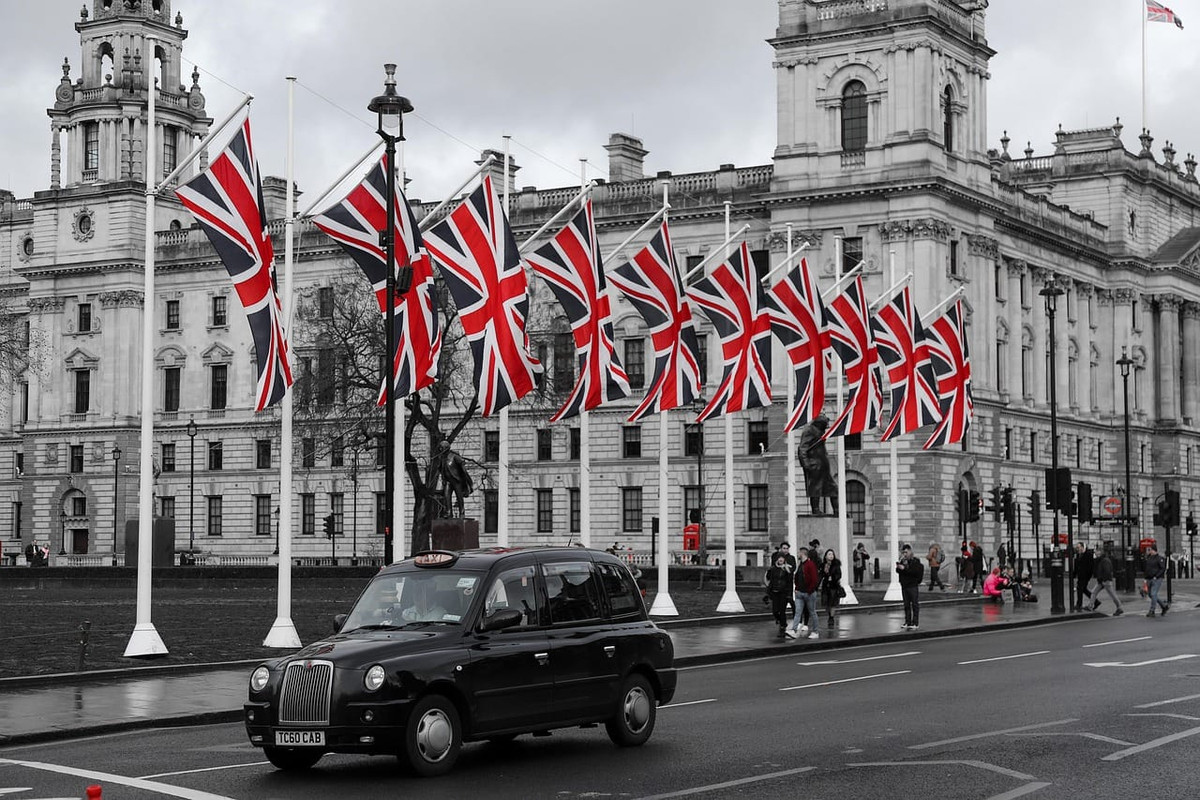
ZeroAvia announced that it has signed a new memorandum of understanding (MOU) with PowerCell Group to collaborate on next-generation fuel cell technologies. The joint research and development will focus on medium- and high-temperature fuel cells, which will open up more energy-intensive applications such as large fixed-wing aircraft and rotorcraft.
The two companies have worked together over the past few years, with the PowerCell fuel cell stacks forming part of the prototype ZeroAvia engines that powered both of ZeroAvia’s impressive fuel cell flight demonstrators.
ZeroAvia designs a customized balanced multi-stack structure for terminals using PowerCell’s Low Temperature Proton Exchange Membranes (LT-PEM) applicable to aviation applications. As such, the Swedish fuel cell manufacturer is the main supplier of ZeroAvia’s first 600 kW powertrain (ZA600) designed for up to 20 aircraft seats.
ZeroAvia’s high-temperature PEM fuel cell assemblies – part of the ZA2000 powertrain delivery roadmap for 40-80-seat aircraft and a key part of the company’s components it offers to other clean aviation innovators – already demonstrate an industry-record power density of over 2.5 kW/kg at cell level, with a clear path to reach 3+ kW/kg at system level in the coming months.
Increasing the operating temperature of fuel cell systems can allow for reducing the cooling and humidification required, simplifying the structure and improving the amount of energy for a given unit of weight.
This collaboration will leverage PowerCell’s longstanding experience in manufacturing hydrogen and electric technologies to push advanced fuel cell solutions to high TRL levels. For ZeroAvia, it will provide the opportunity to exploit its technology in different sectors, while maintaining its primary focus on aerospace.
“In PowerCell, we have found a collaborative and like-minded partner over the past few years, with a shared passion for developing hydrogen fuel cell technologies for more power-hungry aircraft,” said Val Muftkhov, Founder and CEO of ZeroAvia. By working together we can transform the industry faster, as well as use these extreme use cases to enhance solution capabilities for countless other transportation and non-transport sectors.
Richard Birkling, CEO of PowerCell Group, said: “We are confident that the first hydrogen-electric aircraft will fly commercially in the coming years. When this happens, it will have a snowball effect as the environmental and operational cost benefits become clear to airlines and their passengers. For PowerCell, this is a key future market, and we are pleased to deepen our partnership with the industry leader to develop solutions to enable more clean flights and remove more emissions.
ZeroAvia has already extensively tested a prototype of its first engine (ZA600) on a Dornier 228 aircraft at its UK base and submitted a certification application for the ZA600 engine at the end of last year. The company also conducted advanced ground tests in the US and UK of the ZA2000 system’s core construction technologies, including cryogenic or LH2 tanks, high-temperature PEM fuel cells and electric propulsion systems. The ZA2000 will support up to 80 seat regional turboprop aircraft such as the ATR72 or Dash 8 400.
The post ZeroAvia and PowerCell to Collaborate on Next-Gen Fuel Cell Development appeared first on Air Cargo Week.

